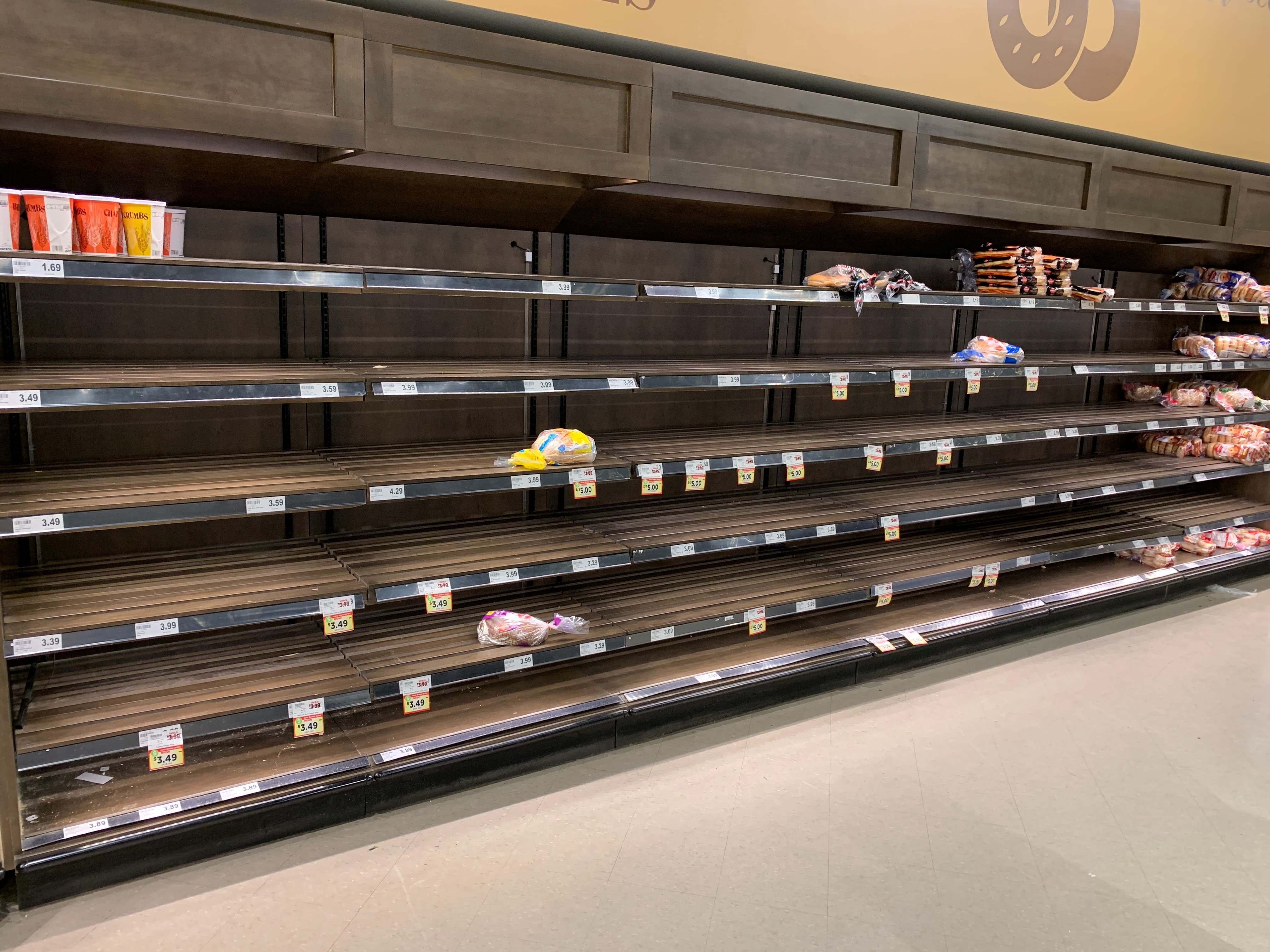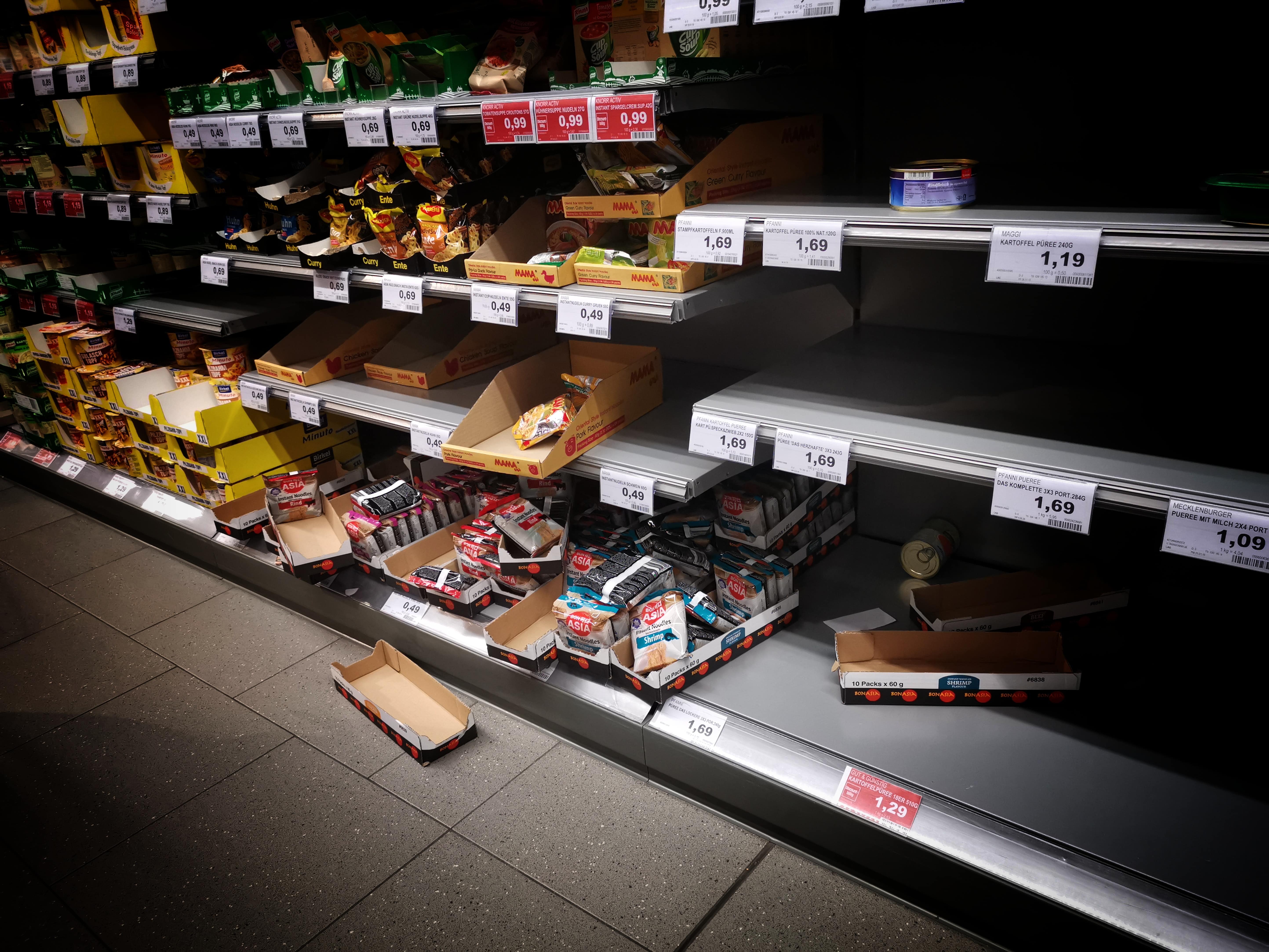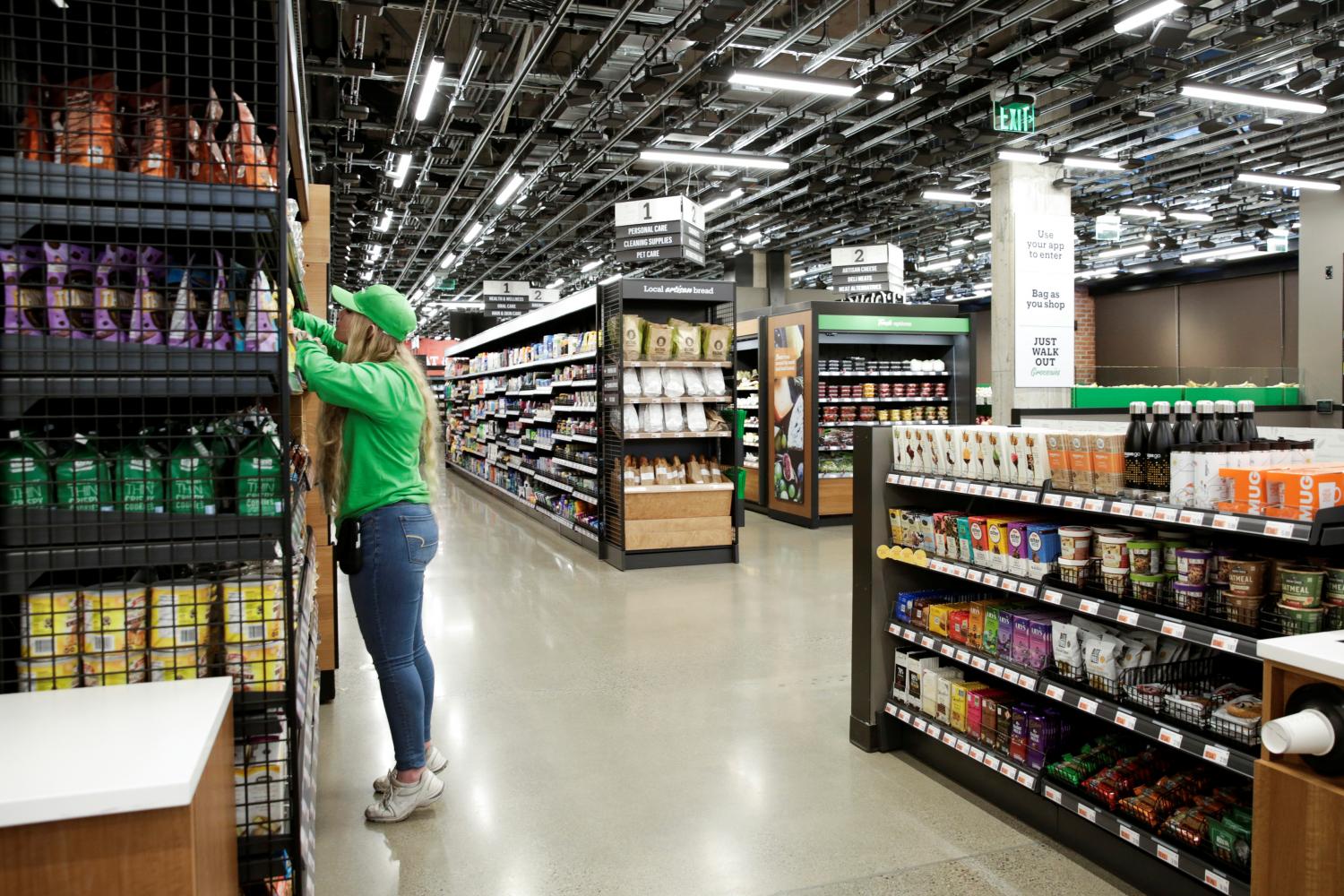With the developing and changing consumer behavior, the evolution process of the retail world has accelerated. To ensure that shoppers, who want to find the product they are looking for in their usual place, make their purchases quickly, and complete the shopping process, have an excellent experience with high satisfaction and maximum loyalty is something that both CPG suppliers and retailers should consider. Have you ever thought about how you will get the maximum benefit without measuring your customer's behavior and store's performance?
Existing manual processes are an obstacle in increasing the efficiency you get from your store while the retail industry is in the middle of a technological revolution at the moment. Every year, retailers invest billions of dollars to execute the perfect store, give shoppers a fantastic experience, and grow their margins. However, the utilization rates of their investment are meager because the loss in sales starts at the store level. We have compiled three problems encountered in stores and solutions that address these problems for you.
1. Costly out of stock (OOS) situations

The out-of-stock problem occurs due to the inventory in the back warehouse and the product stock on the store shelves not being matched, where the gap happens. Although the product the customer is looking for is in the backroom, sometimes it cannot be displayed on the shelves, and the shopper returns with nothing from the store because the operations may not be managed well. Some of the reasons for this include incorrect tagging, misplaced products, and miscommunication items.
According to the market statistics, 72% of out-of-stock were due to faulty in store ordering and replenishing practices! Besides, retailers may be doing wrong forecasting when ordering products. Missing or over-ordering for a particular SKU (Stock Keeping Unit) group is a common situation for management who does not examine consumer behavior. Incorrect order quantities given due to inaccurate estimates can cause products not to appear on the shelves or have many of the same product in the warehouse and ultimately both costs a lot.
On-shelf availability (OSA) is a crucial factor for optimizing consumers' in-store experience. In the consumer world, where 70% of the purchasing decisions are made while in the store, low OSA and high number of OOS are the foremost situations that disrupt the retail experience. Retailers who can avoid the OSA situation are gaining positive momentum in the experience of consumers and giving them a reason to come back to the store.
These problems, which came to light as a result of manual methods, are the situations the retail industry is still facing more frequently today. The cost created by OOS, low sales rates, inaccurate data created by manual processes, and unnecessary time spent will continue to exist as long as technology is not used. The OSA situation, which is monitored manually, can be managed more efficiently than ever before by monitoring the shelf space in real-time with modern technology solutions. Read on to find out how!
2. Inefficient shelf monitoring and optimization
Do you know what's going on your shelves? Current manual methods are quite insufficient to provide real-time and accurate shelf data. With adequate data, it becomes impossible to produce actionable insight for better decision-making and retail execution plans. It is a must-have situation for retailers who want to determine the root causes of OOS, to determine the actions that address the pain points here, and to execute them, to get the maximum efficiency from their store at low costs.
You cannot access instant data of each SKU on your shelves, you cannot measure shoppers' behavior when they come across the shelf, and you cannot find a remedy for the low sales caused by empty shelves. There are many reasons behind inefficient and non-instantaneous shelf surveillance, and the leading driver is manual audits. The accuracy rate of the data collected with this method, which is entirely open to human error, is shallow. Do you think it is possible to take the right action with the wrong data?
Without real-time shelf monitoring, point of sale data is used to make accurate estimations. OOS rates are based on the transaction in the past. Does this data provide granular insight? Well, unfortunately not.
3. Improper planning and management

For retail execution to be seamless, there must be flawless communication between manufacturer and retailer. The inconsistency in the amount of product shipped to the warehouse directly affects the shelf allocation status. Moreover, improper planning on shelves leads to noncompliance to planogram, which leads to bigger problems on the execution.
Some SKUs fall out of stock more often than others, which might be because that product sells really good or it is just because of incorrect tagging or misplacement. Beyond identifying these root causes, you need to know which products are running out frequently and at what time interval your shelves are empty. It is crucial to examine the real-time situation of the shelves to operate more efficiently in accordance with planogram compliance, accurate shelf share, and analysis of the products located at the eye-level. However, it is not possible to take corrective actions on shelves and provide a better shopping experience with these manually handled detections which led to improper planning.
THANKS TO IMAGE RECOGNITION, RETAILERS CAN OBTAIN MAXIMUM GAIN FROM THEIR STORES BY USING SHELF DATA!
By using real-time shelf monitoring, retailers can now access the digitized view of their stores, achieve operational excellence, and get one step ahead in the race! Thanks to image recognition, dedicated shelf data can provide you with the information you want about your store. With Vispera Shelfsight product, which addresses the pain points mentioned above, your perspective on your store will change. Keep reading to learn how!
1. Prevent costly out of stock situations:
Through real-time inventory monitoring, it is possible to reduce the likelihood of losing out on sales opportunities with live alerts when a product is out of shelf.
With the integration of digital solutions, manual processes are minimized, and retailers can take instant actions for their shelves. Filling empty shelves, correcting misplaced items, updating product price tags do not need days to pass; Vispera provides you with all the actions and insights you need to take in real-time so that you can perform on-the-spot transactions with the shelf data provided instantly!
By monitoring the shelves in real-time, you can always access accurate information about your stock status and convert the data you obtain into actionable insights. Simultaneously, you can provide instant information about KPIs to your field teams with image recognition solutions and enable them to fix compatibility issues in the store. Thus, you can avoid possible OOS situations and minimize your costs!
2. Optimize space planning
Retailers benefiting from image recognition can pioneer the category with valuable spaces with actionable and on-the-spot shelf data! Thanks to machine learning and AI, it is possible to digitize stores and track what happened to each SKU on your shelves. By converting the instantly taken shelf photo into actionable insights, you can use your shelf data to optimize space planning while reaching the perfect store execution.
With Vispera Shelfsight, you can breathe new life into your inventory management system. Fixed cameras you place in your stores can perform real-time visual inference at the edge. Shelfsight uses configured, scheduled, or on-demand measurements to detect and recognize products on supermarket shelves down to SKU-level granularity, detect and read price tags, and measure instant KPIs out-of-stocks, misplaced items, planogram compliance, and more.
3. Streamline operations with to-the-point store actions

According to the research, almost 80% of the products not on the shelves are actually because of the in-store-related inefficiencies. The cost of the products not displayed on the shelves affects both retailers and CPG suppliers. It is possible to use image recognition to solve the operation problem in this retail execution.
With fixed cameras, photos of the shelves can be taken in real-time. These photos can then identify the gaps in the performance and translate them into actions. In this way, the retailer can better manage its inventory, reach operational excellence, and prevent lost sales.
With computer vision technology, sales reps can check their shelves whenever they want and instantly compare planogram and realogram compatibility. To-the-point actions can be taken by correctly interpreting the measurements made at the region, store, and SKU level. Moreover, KPI analysis and root cause research may come to the fore with the measurements made. Thanks to the instant visual taken from the shelf, many KPIs such as Share of Shelf, OOS, OSA, price tag compatibility, eye-level data can be measured. With the streamlining of operations, both retailer and CPG suppliers can gain agility and get one step closer to their potential efficiency from the store.
Would you like to learn more about Vispera solutions? Talk to us NOW and start your new era with Image Recognition TODAY!





